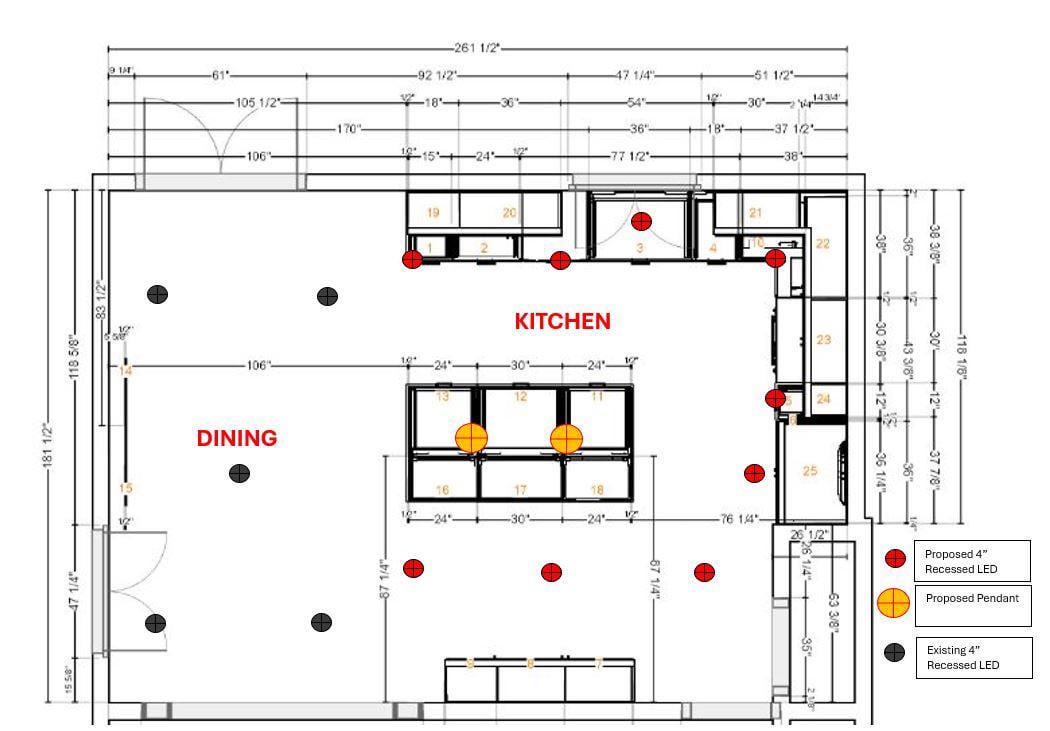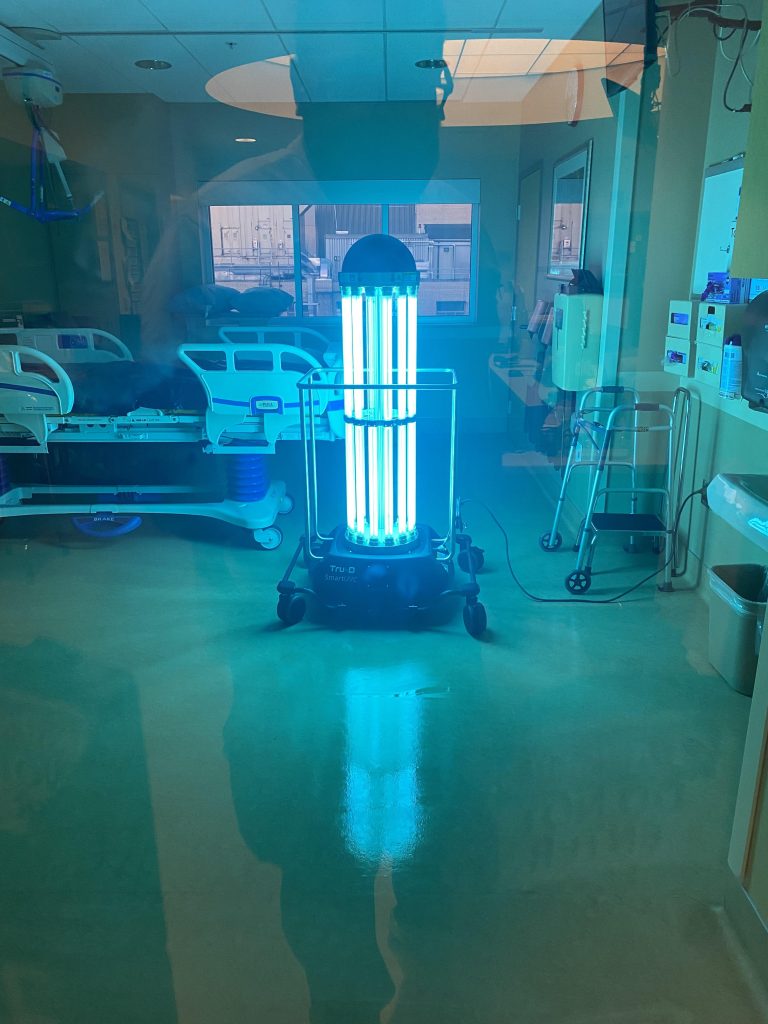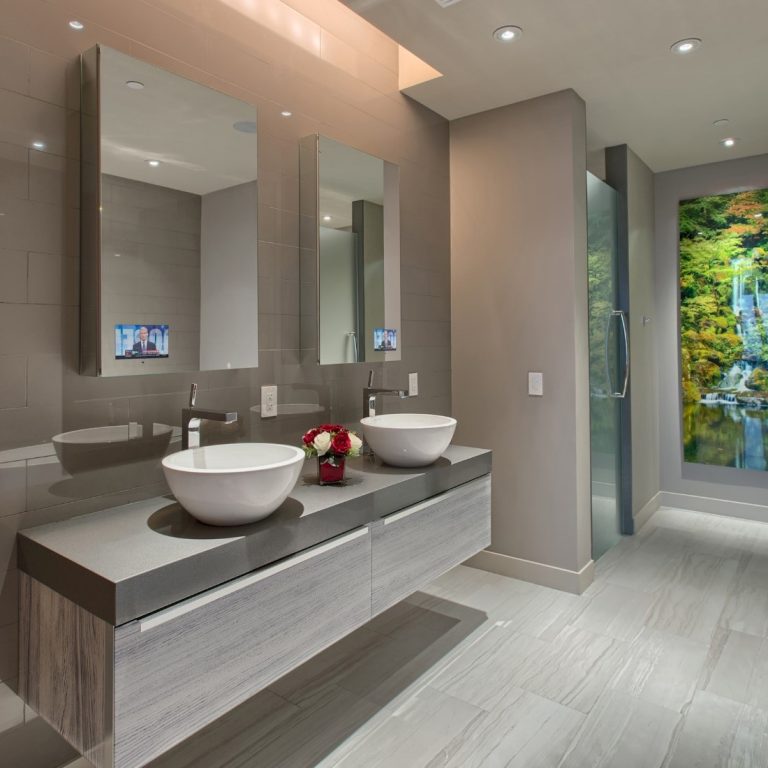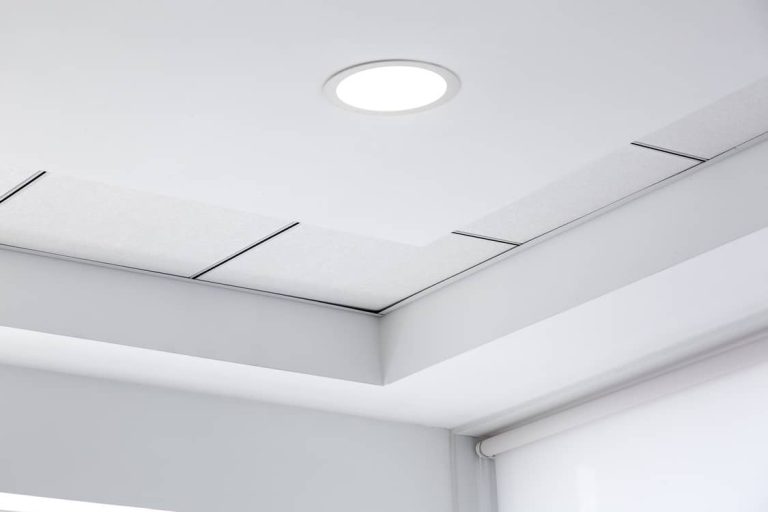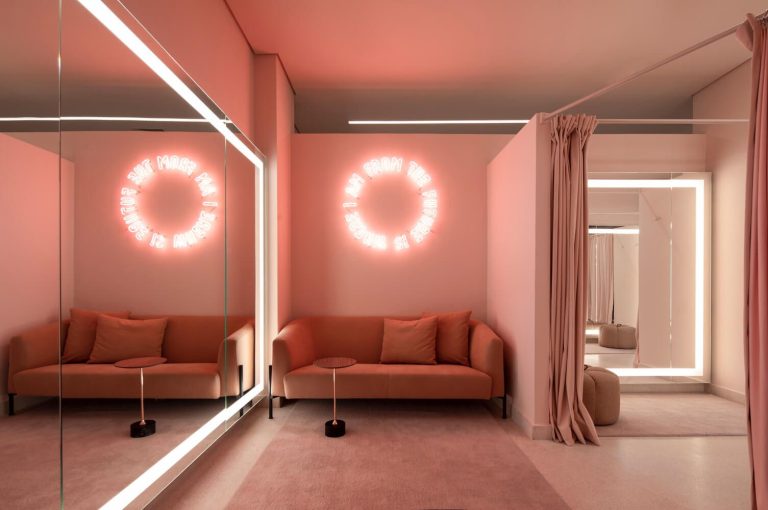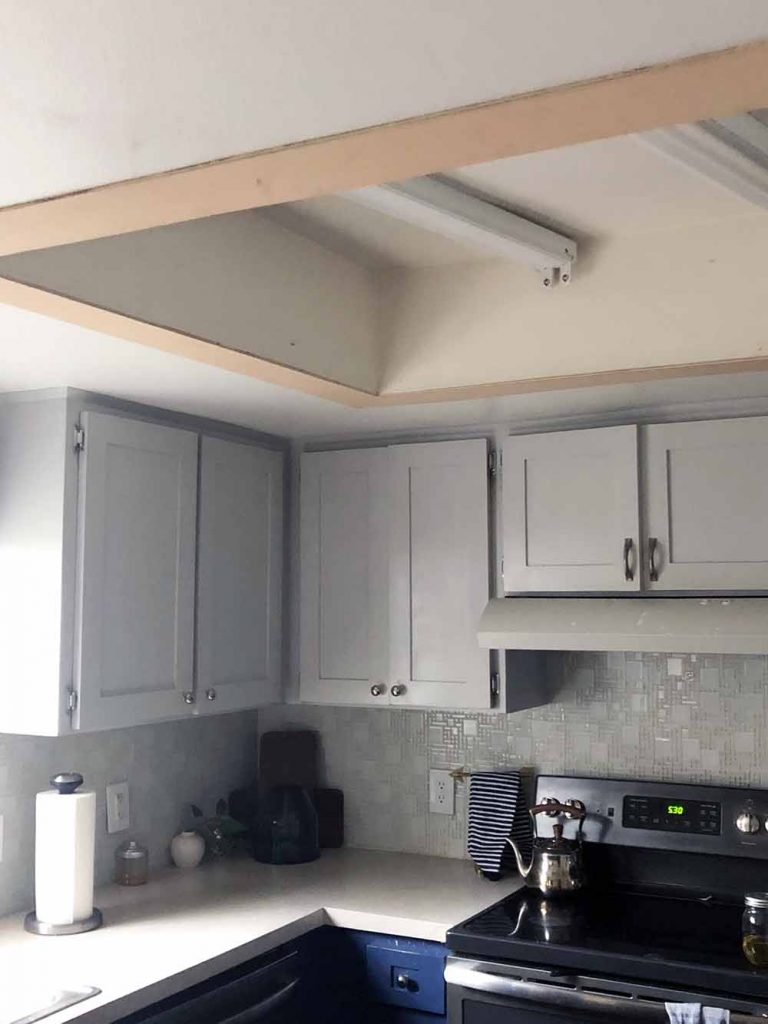Can Light Spacing Kitchen: Enhance Your Culinary Space
Imagine stepping into your kitchen, where every corner is beautifully illuminated, creating a warm and inviting atmosphere. This isn’t just about aesthetics; it’s about transforming your cooking space into a functional and delightful haven.
The secret? Perfecting your light spacing. If you’ve ever felt frustrated by shadows cast over your countertop or felt the strain of poor lighting during meal prep, you’re not alone. But the good news is, there’s a solution. By understanding the art of light spacing, you can elevate your kitchen experience, making it not only more efficient but also more enjoyable.
Stick with us, and we’ll guide you through the steps to achieve that dream kitchen lighting, making your cooking and dining experiences brighter than ever.

Credit: www.proremodeler.com
Can Light Spacing Kitchen
The Importance Of Lighting In Kitchens
Lighting in kitchens plays a crucial role in creating an inviting space. It affects the mood and functionality. Proper lighting helps in food preparation, cooking, and cleaning. Without good lighting, you may struggle to see ingredients or cookware. It also impacts the aesthetic appeal of your kitchen. The right lighting can make your kitchen look bigger and brighter. Well-lit kitchens are more welcoming and comfortable for family gatherings.
The Role Of Light In Enhancing Kitchen Functionality
Good lighting improves visibility. It ensures you can safely chop vegetables and read recipes. Tasks become easier and less stressful. You can spot spills and stains quickly. This enhances cleanliness and hygiene. Functional lighting also includes under-cabinet lights. They illuminate countertops for better food preparation. Adequate light reduces eye strain while cooking.
Lighting’s Impact On Kitchen Ambiance
Lighting sets the mood in your kitchen. Soft lights create a warm and cozy atmosphere. Bright lights make the kitchen lively and energetic. You can adjust lighting based on the occasion. Dim lights are perfect for romantic dinners. Bright lights suit family gatherings or parties. Ambiance lighting adds character to your kitchen space.
Energy Efficiency And Cost-effectiveness Of Kitchen Lighting
Modern lighting solutions are energy-efficient. LED bulbs consume less power and last longer. They save money on electricity bills. You spend less on replacements due to their durability. Energy-efficient lighting is environmentally friendly. It reduces carbon footprint and supports sustainability. Choosing cost-effective lighting benefits your wallet and the planet.
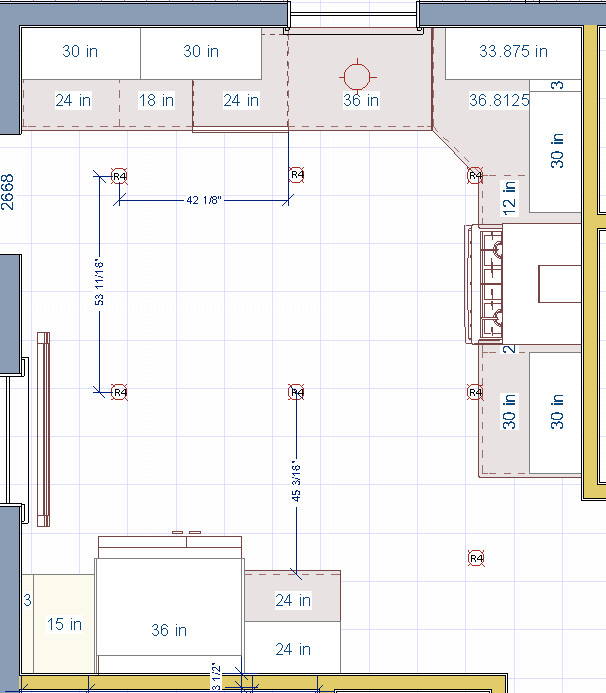
Credit: www.houzz.com
Types Of Kitchen Lighting
When planning your kitchen lighting, understanding the different types of lighting can transform your space from ordinary to extraordinary. Each type of lighting serves a unique purpose and contributes to the overall ambiance and functionality of your kitchen. Let’s dive into the key types of lighting you should consider for a well-lit and inviting kitchen.
General Lighting
General lighting, often known as ambient lighting, provides the primary source of light in your kitchen. It ensures the space is evenly lit, allowing you to navigate safely and comfortably. Consider ceiling-mounted fixtures or recessed lights evenly spaced across the ceiling for a balanced glow.
Task Lighting
Task lighting is all about precision. It illuminates specific areas where you perform tasks like chopping vegetables or reading a recipe. Under-cabinet lights are a popular choice, casting focused light directly onto your countertops where you need it most.
Accent Lighting
Accent lighting highlights specific features or areas in your kitchen, adding depth and interest. Think of it as the spotlight on your favorite artwork or a beautifully tiled backsplash. Consider LED strip lights above cabinets or inside glass-fronted cupboards to draw attention.
Decorative Lighting
Decorative lighting allows you to express your personal style, adding character and flair to your kitchen. Chandeliers or pendant lights above a kitchen island not only brighten the space but also serve as stunning focal points. Choose designs that complement your kitchen decor for a cohesive look.
Have you ever noticed how the right lighting can transform a room? The kitchen is no exception. By carefully selecting and placing different types of lighting, you can create a space that is both functional and beautiful. So, what type of lighting will you choose to light up your kitchen? Consider your needs, style, and the mood you want to set, and let your kitchen shine!
Optimal Light Spacing Strategies
Lighting plays a crucial role in enhancing kitchen ambiance. Proper spacing of can lights ensures even illumination and avoids shadows. Achieving optimal light spacing requires a strategic approach. It enhances functionality and aesthetics.
Understanding Light Placement
Position lights to cover the entire kitchen area. Consider the size and shape of the room. Distribute lights evenly across the ceiling. This prevents dark spots and provides uniform brightness.
Calculating Ideal Distance
Measure the distance between each light fixture. Typically, space lights 4 to 6 feet apart. Ensure fixtures are not too close to walls. This avoids uneven lighting and glare.
Considering Ceiling Height
Adjust spacing based on ceiling height. Higher ceilings require wider spacing. Lower ceilings need closer placement. This maintains consistent light coverage.
Balancing Light And Shadow
Use a mix of lighting types. Combine recessed lights with pendants or under-cabinet lighting. This balances shadows and highlights kitchen features. It creates a welcoming atmosphere.
Adapting To Kitchen Layout
Customize lighting according to kitchen layout. Island areas need focused lighting. Countertops require bright and direct illumination. Adapt light placement to meet specific needs.
Testing Before Installation
Test light placement with temporary fixtures. Evaluate shadows and brightness. Adjust the spacing as needed. This ensures optimal lighting before final installation.
Choosing The Right Fixtures
Proper spacing for can lights enhances kitchen functionality and aesthetics. Space lights evenly to avoid dark spots. Consider ceiling height and room size for optimal illumination.
Choosing the right fixtures for your kitchen can lights can transform the room into a warm, inviting space. The right lighting not only enhances the aesthetics but also improves functionality. As you ponder your options, consider how each fixture will impact the overall ambiance and usability of your kitchen.
Understanding Your Kitchen Layout
Before selecting fixtures, assess your kitchen’s layout. Is it open and spacious, or compact and cozy? The size and shape of your kitchen will influence the type of fixtures you choose. Large kitchens might benefit from multiple can lights, while smaller spaces might need fewer, strategically placed lights.
Types Of Can Light Fixtures
There is a variety of can light fixtures available, each offering unique advantages. Traditional recessed lights are popular for their sleek design. Adjustable fixtures allow you to direct light where it’s needed most. Consider your kitchen’s needs and choose fixtures that align with them.
Energy Efficiency
Energy-efficient fixtures can save you money on electricity bills. LED can lights are a great choice as they consume less power and have a longer lifespan. This can be a smart investment for anyone looking to reduce energy costs while maintaining a bright kitchen.
Style And Aesthetics
Your kitchen’s style should guide your choice of fixtures. Do you prefer a modern look or a more classic feel? Selecting fixtures that complement your kitchen’s design can enhance its visual appeal. The right style can create a cohesive and polished appearance.
Light Distribution
Even light distribution is crucial in a kitchen. Uneven lighting can create shadows and make tasks like cooking difficult. Consider the beam angle of your fixtures to ensure your entire kitchen is evenly lit. This will enhance both functionality and comfort.
Installation Considerations
Think about the installation process before making your choice. Some fixtures may require professional installation, while others might be more DIY-friendly. Evaluate your skills and the complexity of the installation to ensure you’re ready for the task.
Personal Experience: A Lesson In Light
When I revamped my own kitchen, I underestimated the impact of can light spacing. I initially placed them too far apart, resulting in dim corners that made cooking a challenge. Adjusting the spacing and selecting adjustable fixtures made all the difference. Would a similar adjustment enhance your kitchen’s functionality? Choosing the right fixtures is more than a design decision; it’s about creating a space where you feel comfortable and efficient. Consider these factors carefully and transform your kitchen into the heart of your home.
Creative Lighting Ideas
Strategic can light placement in kitchens enhances ambiance and functionality. Adequate spacing ensures even lighting and reduces shadows, creating a warm, inviting atmosphere. Properly spaced lights also improve task visibility on countertops.
When planning your kitchen lighting, the right can light spacing can make a world of difference. Creative lighting ideas can transform a functional kitchen into a warm, inviting space. Let’s explore how you can brighten up your kitchen with thoughtful lighting choices.
Consider Layered Lighting
Layered lighting adds depth to your kitchen. Use a combination of ambient, task, and accent lighting. This not only illuminates the entire space but also highlights specific areas. Ambient lighting provides overall illumination, usually through ceiling-mounted fixtures or recessed lights. Task lighting focuses on work areas like countertops and stoves. Accent lighting adds drama and focus to particular features such as artwork or cabinetry.
Think About Recessed Lighting
Recessed lighting, or can lights, are perfect for kitchens. They offer a clean, streamlined look. Proper spacing is key to avoid shadows. You can position them strategically to focus on high-use areas. This ensures you have enough light exactly where you need it, like over your sink or island.
Experiment With Dimmers
Dimmers are a simple yet effective tool to adjust your kitchen’s mood. They give you control over the light intensity. This flexibility allows you to adapt the atmosphere from bright and lively to soft and intimate. Installing dimmers can also be energy-efficient. You save on electricity while extending the life of your bulbs.
Personalize With Pendant Lights
Pendant lights can be a statement piece. They hang beautifully over kitchen islands or dining areas. Choose designs that reflect your personal style. They not only provide focused lighting but also add an aesthetic element. You can play with different heights and bulb types for a unique look.
Maximize Natural Light
Don’t overlook natural light. It’s a fantastic resource for brightening your kitchen. Consider window placements and use light curtains to allow more sunlight. Reflective surfaces like glossy tiles or countertops can enhance the effect. A well-lit kitchen feels more open and welcoming. — What creative lighting idea will you try first? Embrace the power of light to transform your kitchen into a space that’s not just functional, but also inspiring.

Credit: languageoflight.blog
Conclusion
Light spacing in your kitchen makes a big difference. It enhances the room’s beauty. Properly spaced lights offer better visibility. They create a cozy atmosphere. You can cook and entertain comfortably. Choose the right lighting for your space. Think about the size and layout.
Placement matters for a balanced look. Light spacing improves functionality and style. Your kitchen feels more inviting. A well-lit kitchen is a happy kitchen. Enjoy your cooking space more with thoughtful lighting. It’s a simple change with a big impact.
Always consider light spacing when designing your kitchen.
Related Article

